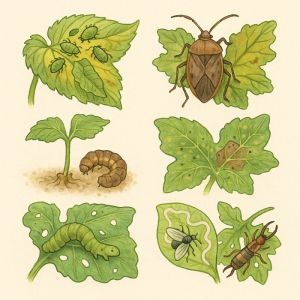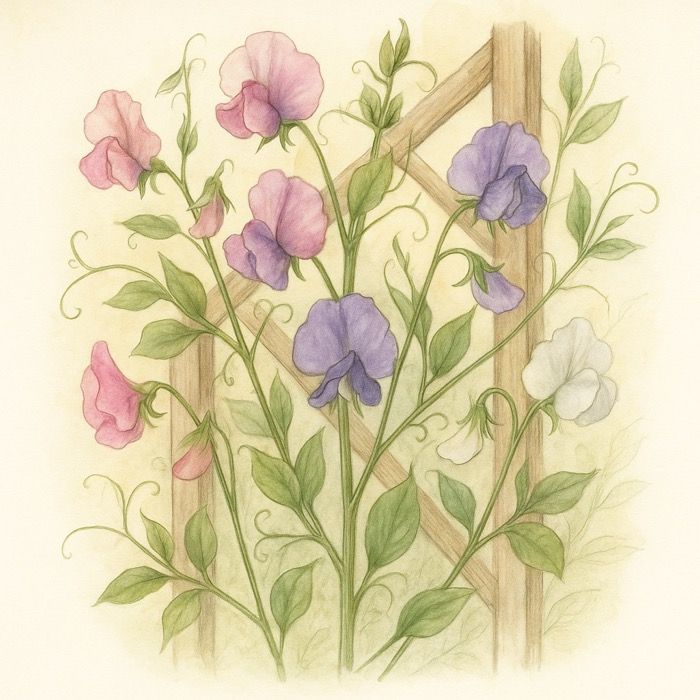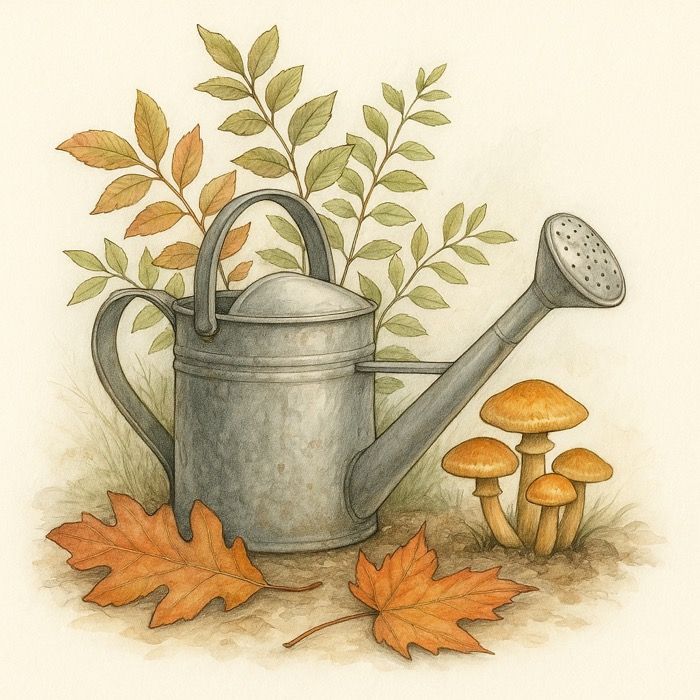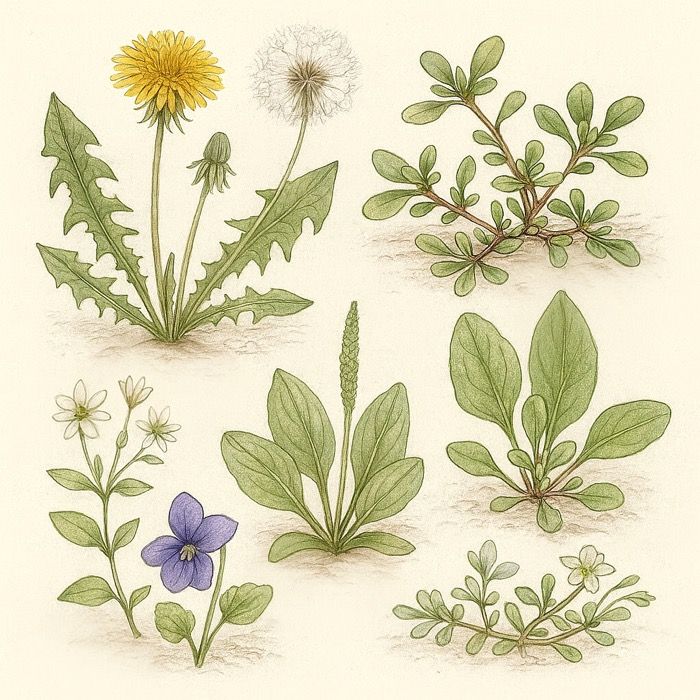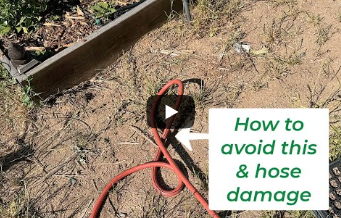Garden Pests You’ll Regret Ignoring (And How to Spot Them Early)
If you’ve ever walked out to your garden only to find leaves riddled with holes or entire seedlings vanished overnight, you know the heartbreak pests can bring. What’s worse? The most destructive garden bugs often start small and go unnoticed—until it’s too late.
In this guide, we’ll uncover the early signs of common garden pests and how to catch them before they become a full-blown invasion.
Because in gardening, an ounce of prevention is worth a pound of neem oil.
Why Early Pest Detection Matters
Catching pests early means you can –
- Avoid crop loss and stunted growth
- Reduce the need for harsh sprays or chemical treatments
- Keep your garden’s ecosystem in balance
- Protect beneficial insects from unnecessary exposure
The trick is knowing what to look for—and looking often.
Pro Tip – Check at Dusk for Maximum Clarity
Many pests, especially cutworms, earwigs, and slugs, are most active in the evening or just after sunset. If you’ve noticed mysterious damage during the day but can’t find the culprit, head out with a flashlight at dusk. You’ll often catch the offenders red-handed—and can take targeted action fast
Garden Pests You’ll Regret Ignoring (And How to Spot Them Early)
If you’ve ever walked out to your garden only to find leaves riddled with holes or entire seedlings vanished overnight, you know the heartbreak pests can bring. What’s worse? The most destructive garden bugs often start small and go unnoticed—until it’s too late.
In this guide, we’ll uncover the early signs of common garden pests and how to catch them before they become a full-blown invasion.
Because in gardening, an ounce of prevention is worth a pound of neem oil.
Why Early Pest Detection Matters
Catching pests early means you can –
- Avoid crop loss and stunted growth
- Reduce the need for harsh sprays or chemical treatments
- Keep your garden’s ecosystem in balance
- Protect beneficial insects from unnecessary exposure
The trick is knowing what to look for—and looking often.
Common Garden Pests (And the Signs They Leave Behind)
Here are the bugs that slip under most gardeners’ radars—until the damage is done.
Aphids
Early Sign – Curled or yellowing leaves, sticky residue (honeydew), or ants crawling on stems
Where to Look – Undersides of new growth
Why You’ll Regret Ignoring Them – Aphids multiply fast, weakening plants and attracting mold
Squash Bugs
Early Sign – Wilting leaves during the day, brown spots on foliage
Where to Look – Undersides of squash, pumpkin, or zucchini leaves, especially near veins
Why You’ll Regret Ignoring Them – They pierce and suck plant juices, spreading disease and collapsing vines quickly
Cutworms
Early Sign – Seedlings suddenly toppled over, cleanly “snipped” at soil level
Where to Look – Just below the surface near the base of young plants
Why You’ll Regret Ignoring Them – They strike at night and take out new growth in a single evening
Spider Mites
Early Sign – Tiny speckles or stippling on leaves, fine webbing
Where to Look – Undersides of leaves in hot, dry conditions
Why You’ll Regret Ignoring Them – Infestations explode fast and can be difficult to reverse
Cabbage Loopers
Early Sign – Ragged holes in brassica leaves
Where to Look – Leaf surfaces and undersides of cabbage, broccoli, kale
Why You’ll Regret Ignoring Them – One looper can mow through an entire plant in a few days
Leaf Miners
Early Sign – White, squiggly tunnels across leaves
Where to Look – Inside leaves of beets, chard, spinach, and tomatoes
Why You’ll Regret Ignoring Them – Damage weakens foliage and invites secondary infections
Earwigs
Early Sign – Irregular holes in petals and leaves, especially at night
Where to Look – Under mulch, pots, or rocks during the day
Why You’ll Regret Ignoring Them – They’re sneaky—often mistaken for other bugs—and can ruin blooms overnight
Master Gardener Tip – The 5-Minute Morning Inspection
Take a slow, observant walk through your garden each morning. Flip leaves. Check stems. Look for tiny movement or subtle damage. Make it a ritual. You’ll be surprised how much you catch—and prevent—before it gets out of hand.
Final Thoughts
Pests are part of every garden. But how you respond—and when—can make all the difference. With a sharp eye and a little prevention, you can stay ahead of the bugs and keep your plants healthy and thriving.
Looking for natural pest control tools? Explore our curated line of gardening gloves, precision pruners, and handcrafted accessories to help you inspect and protect with style.
